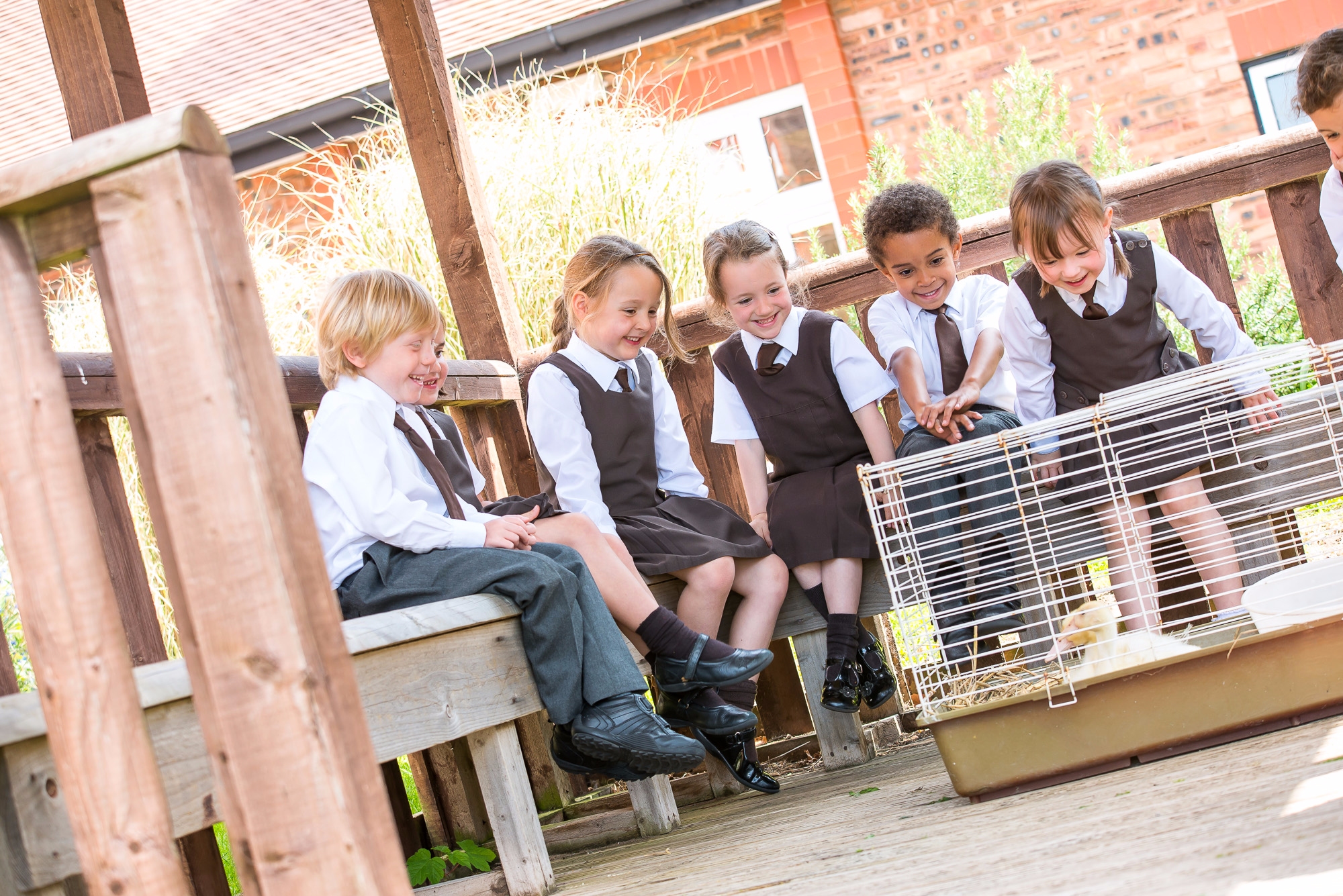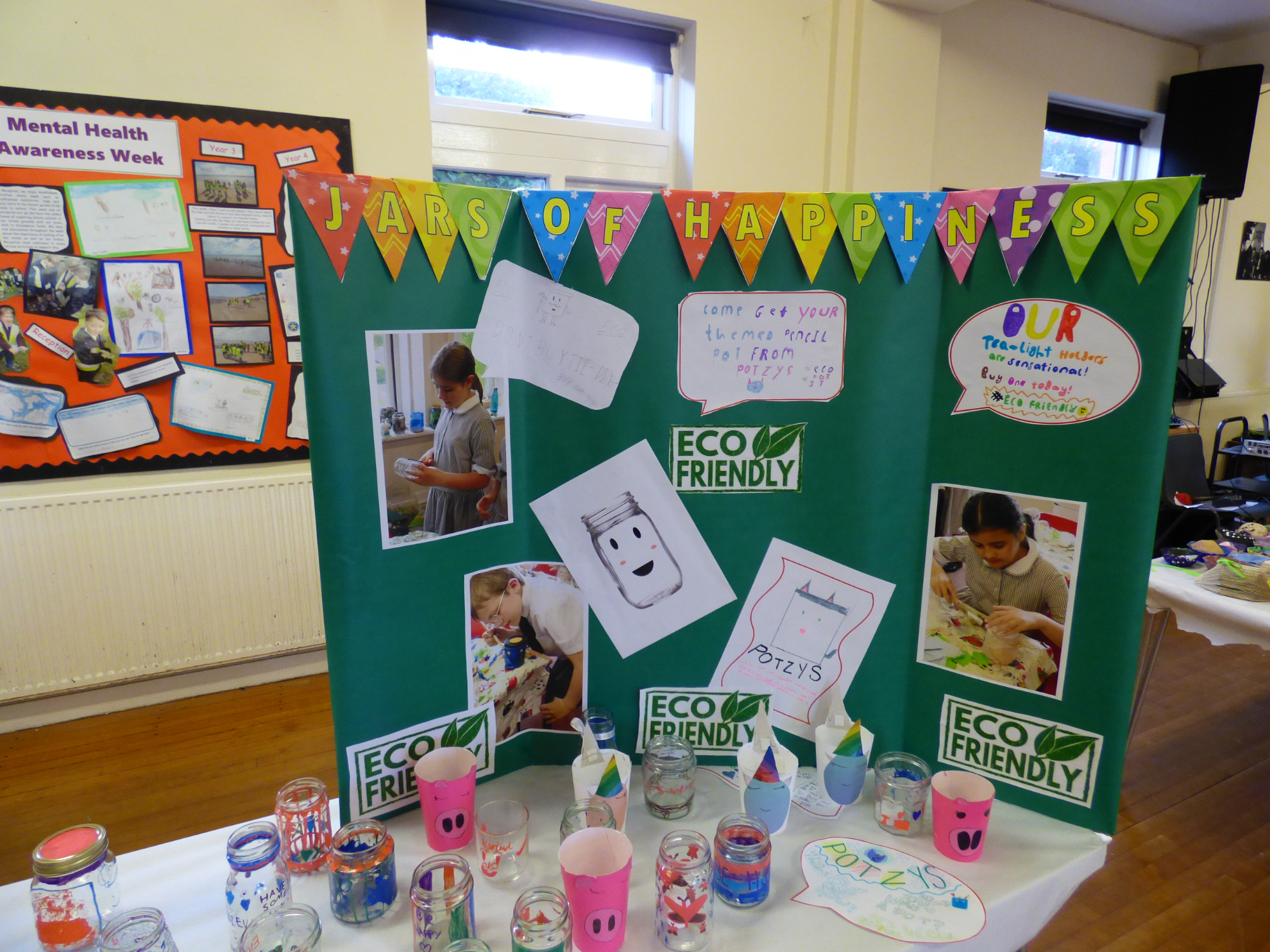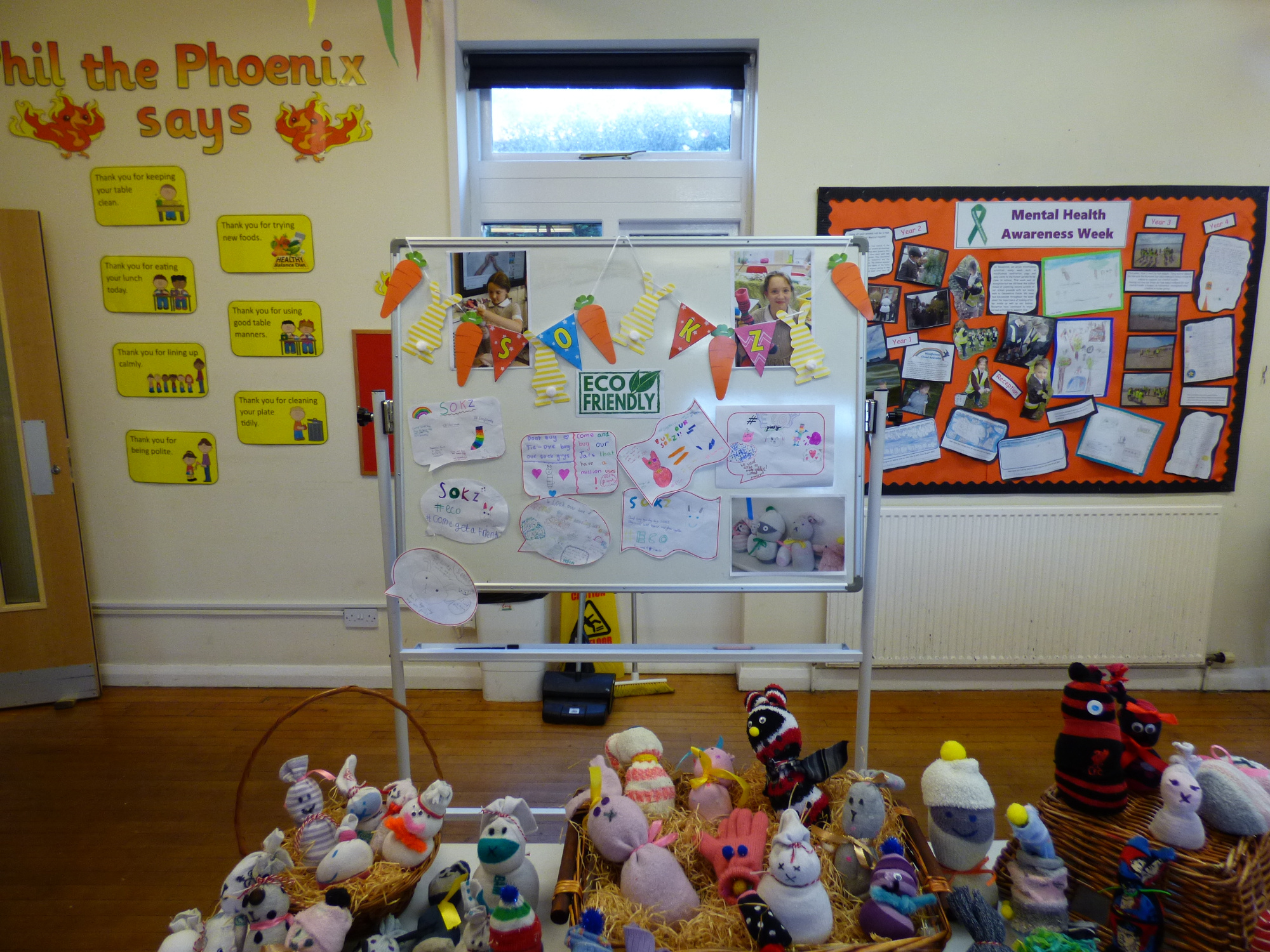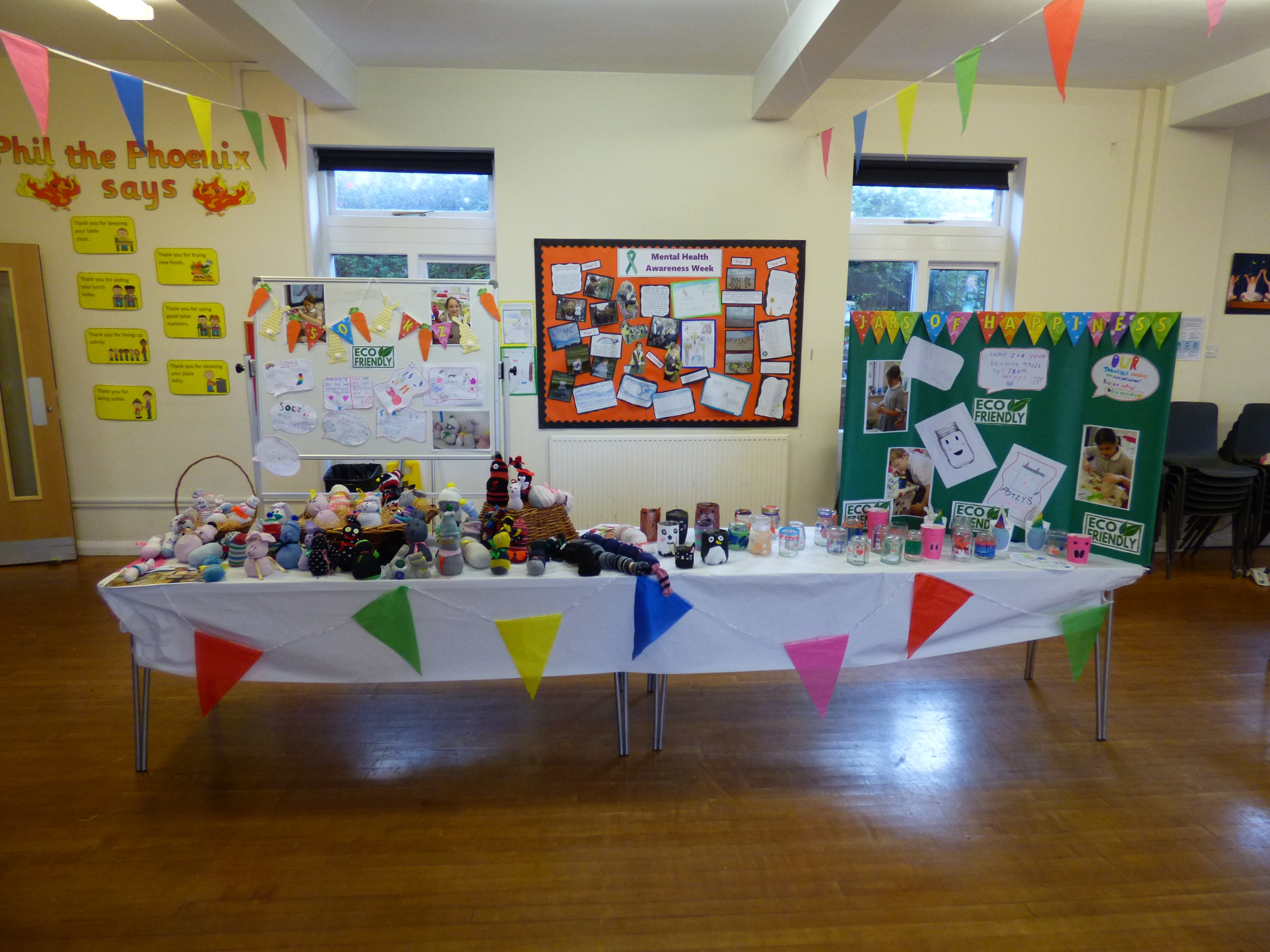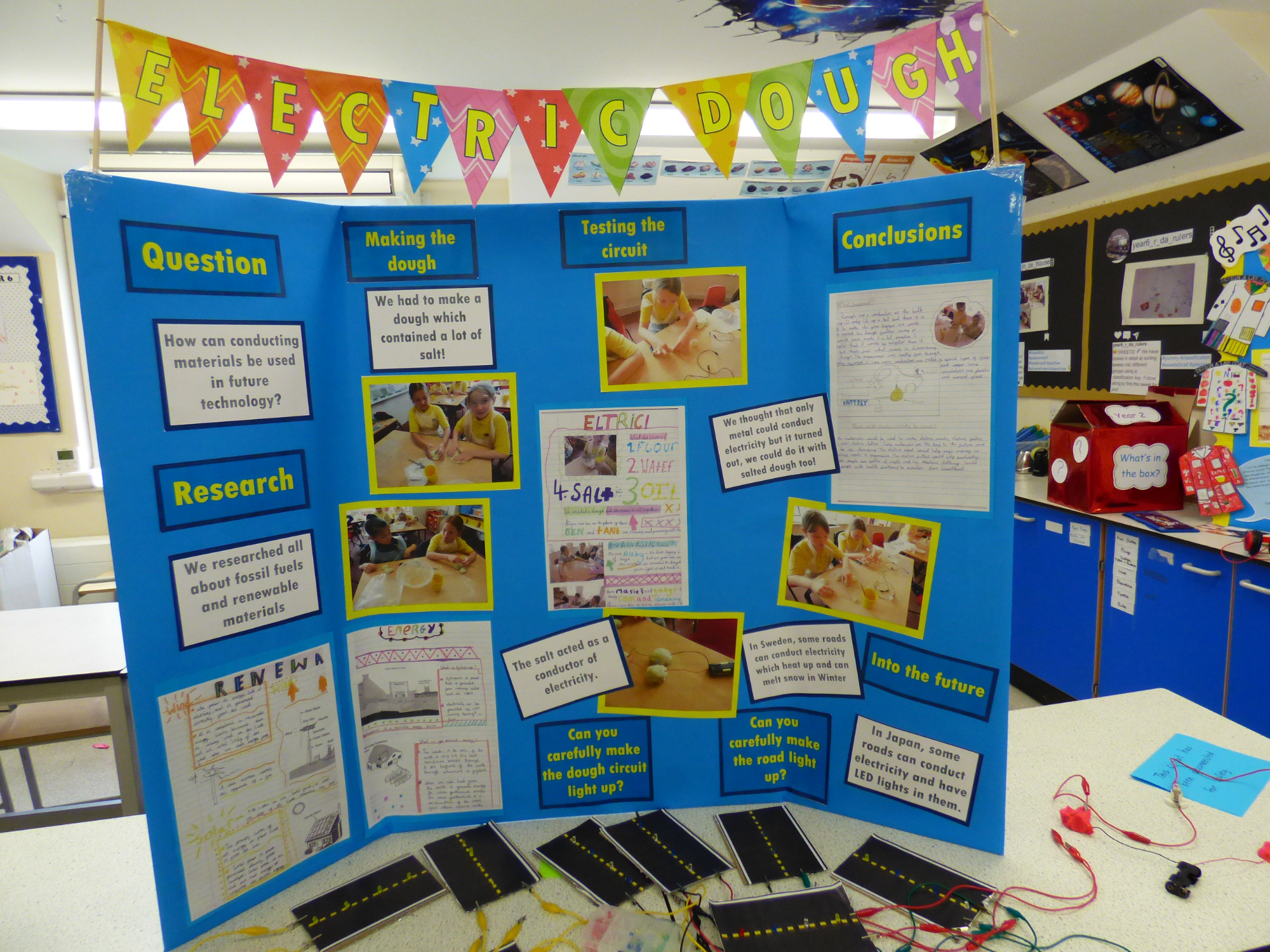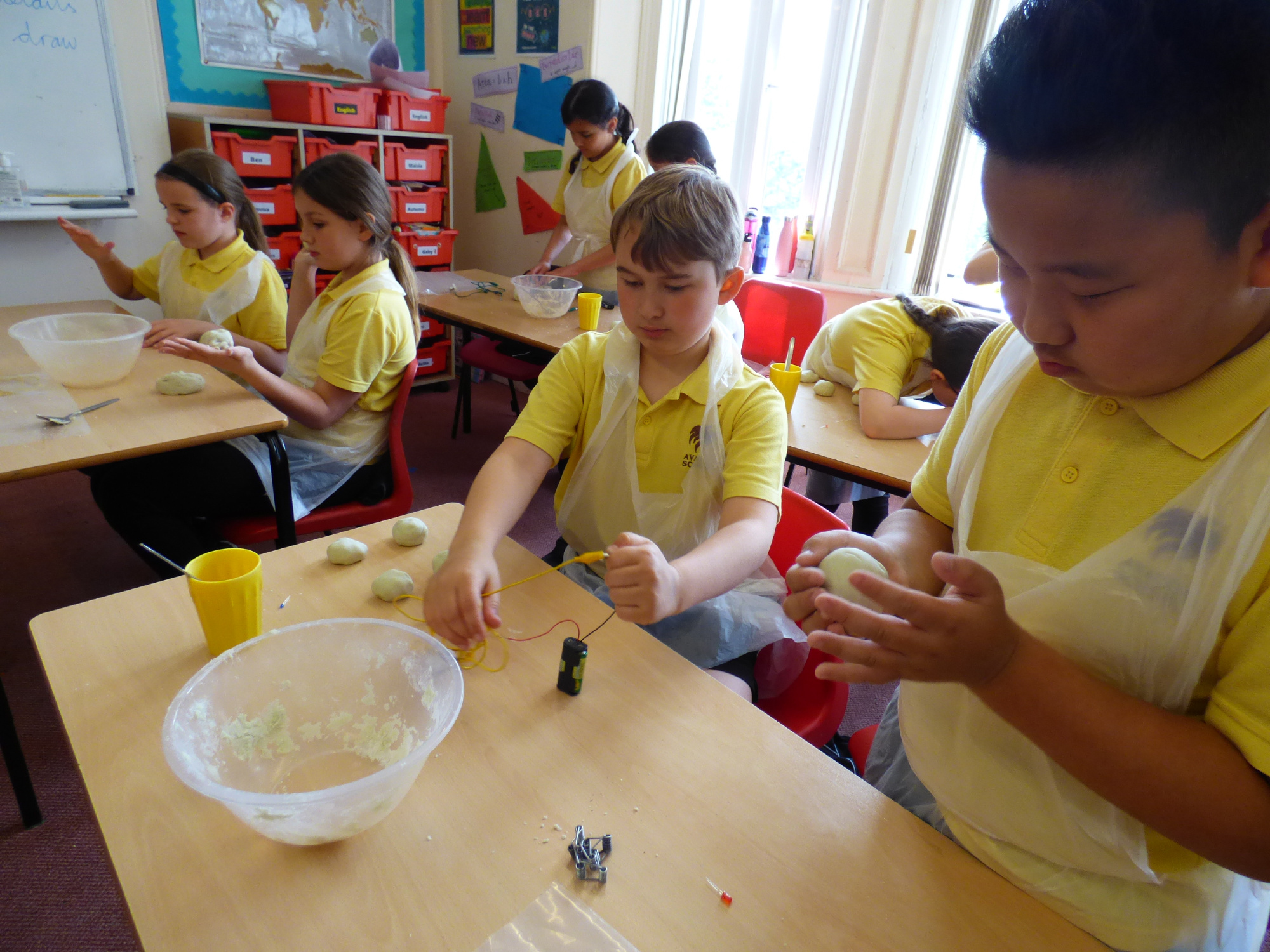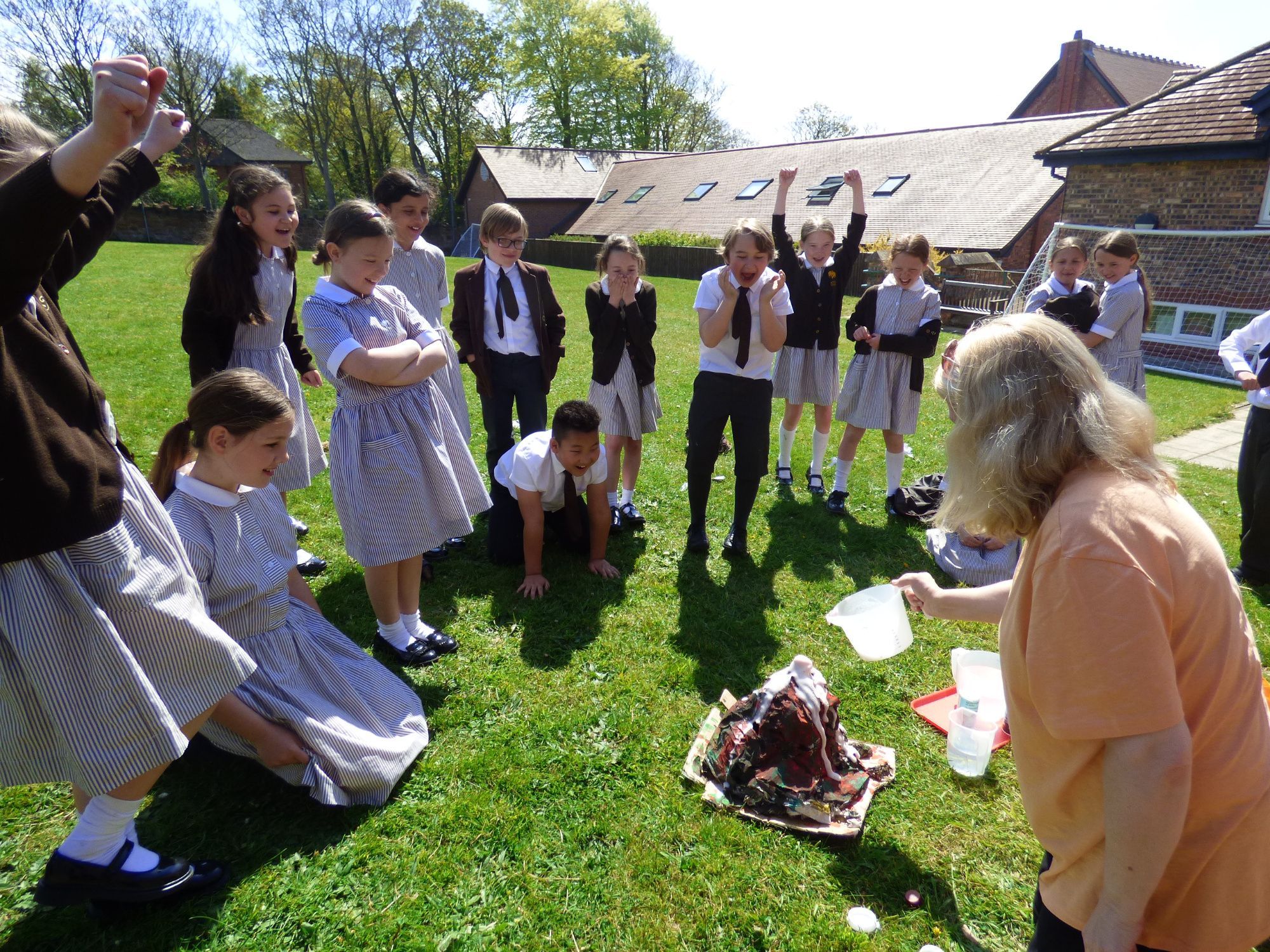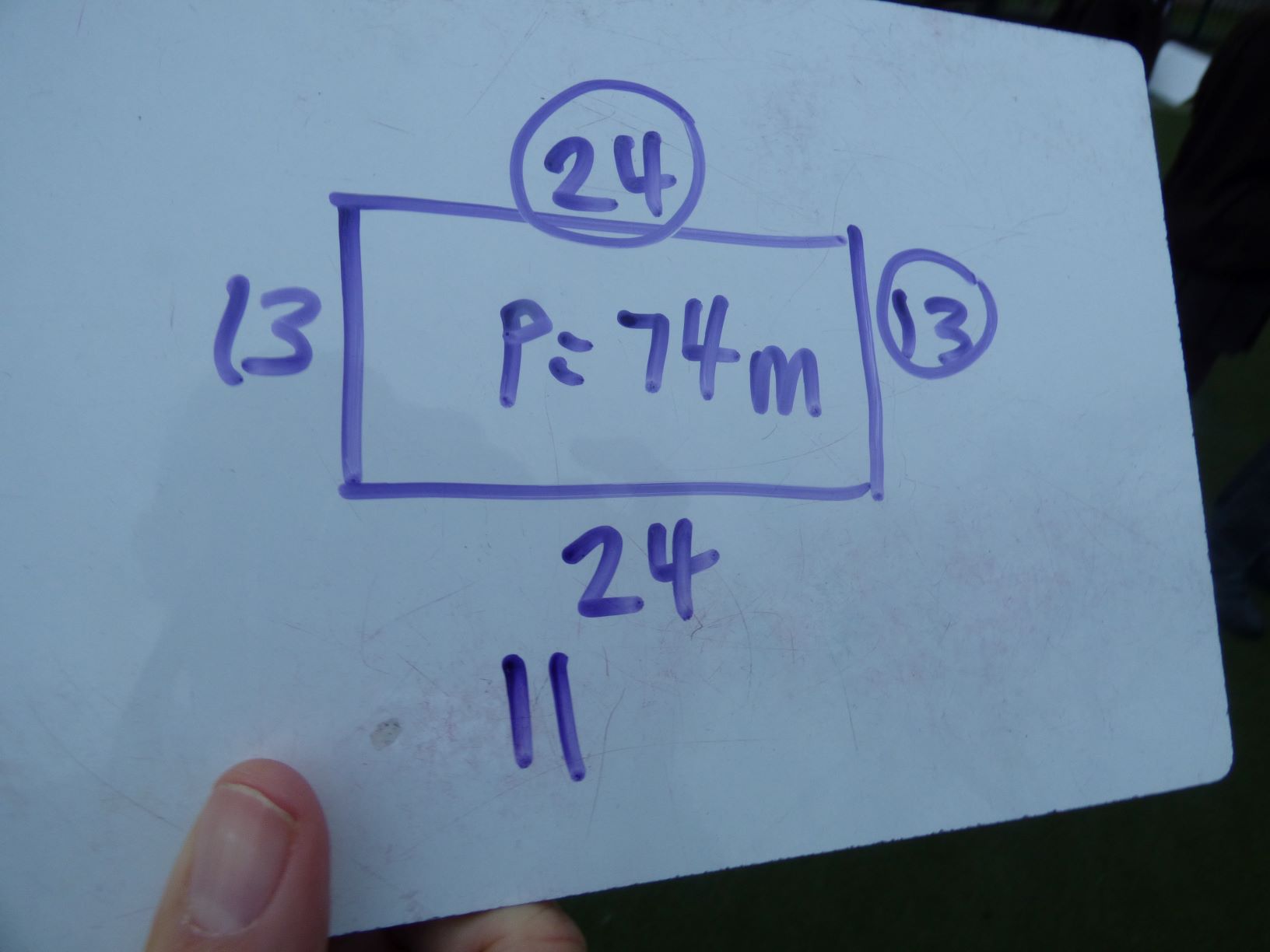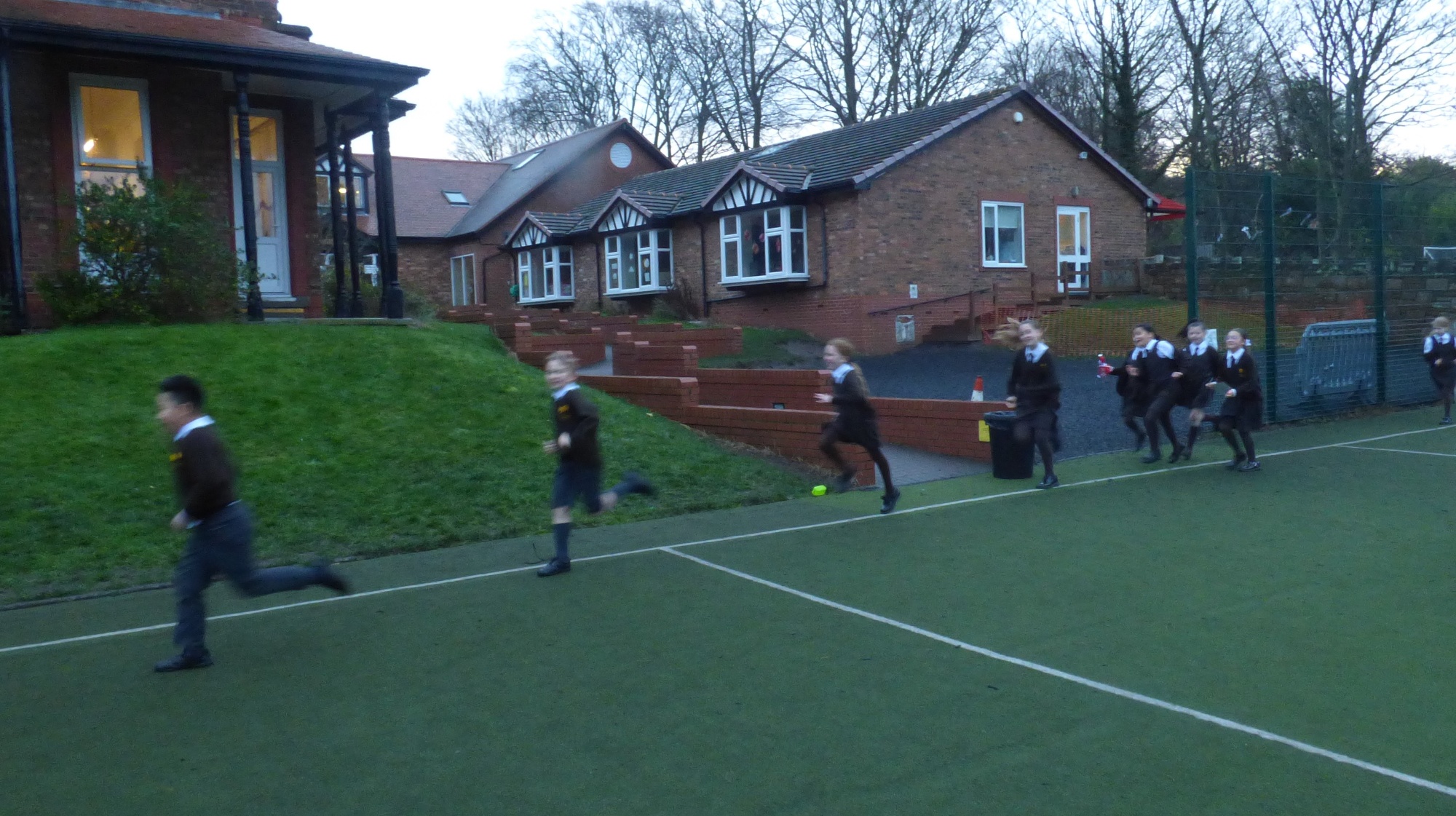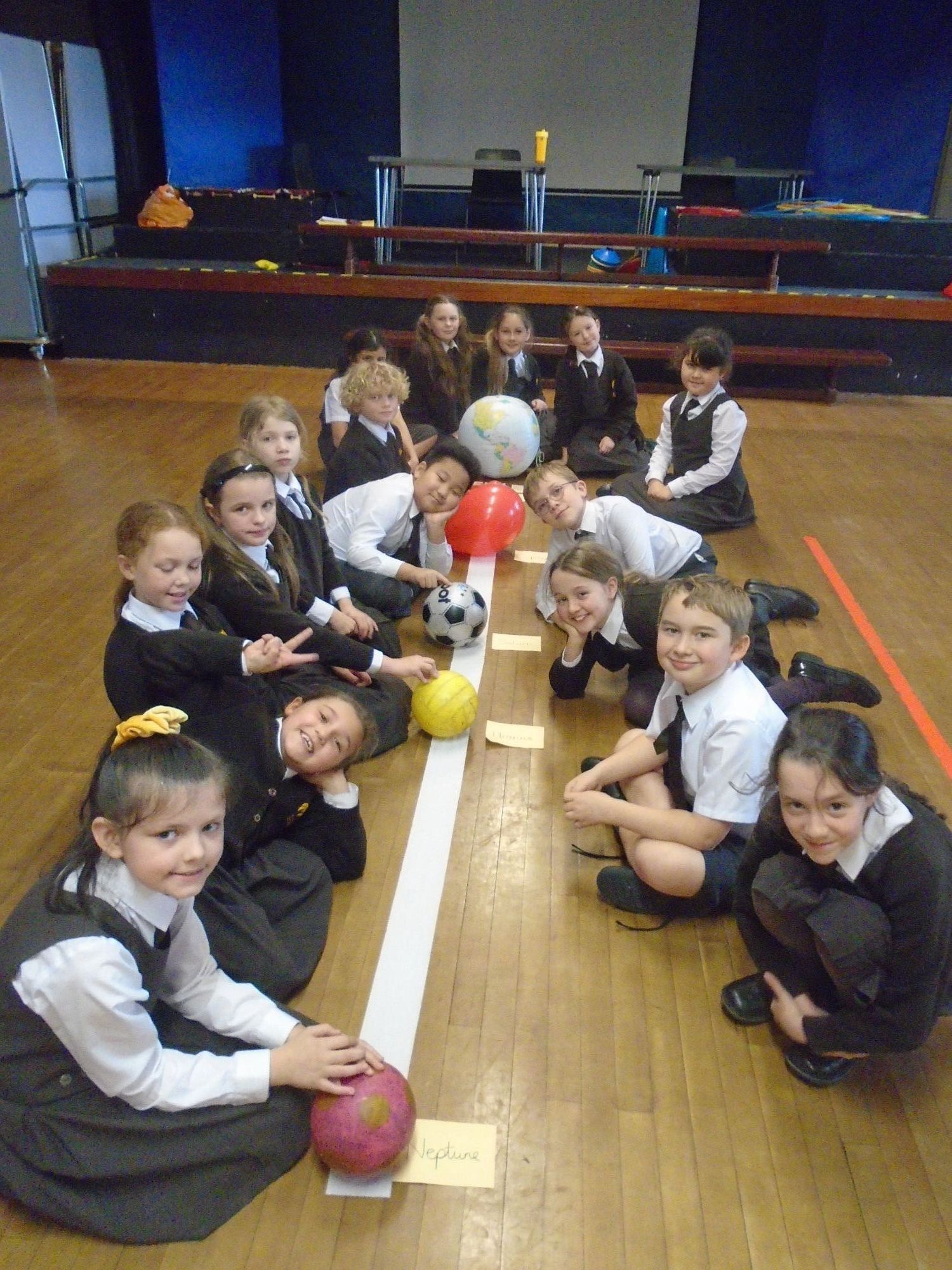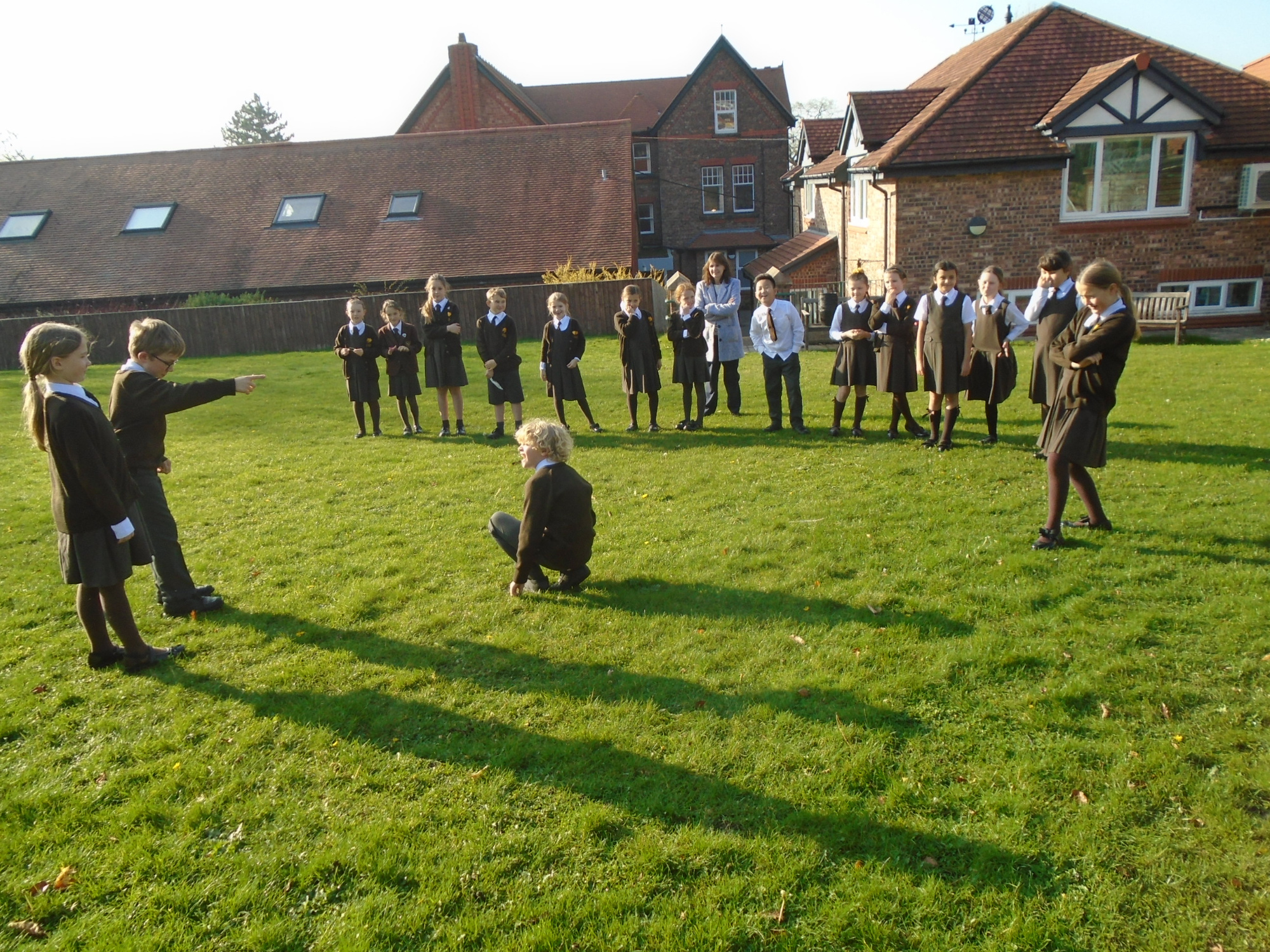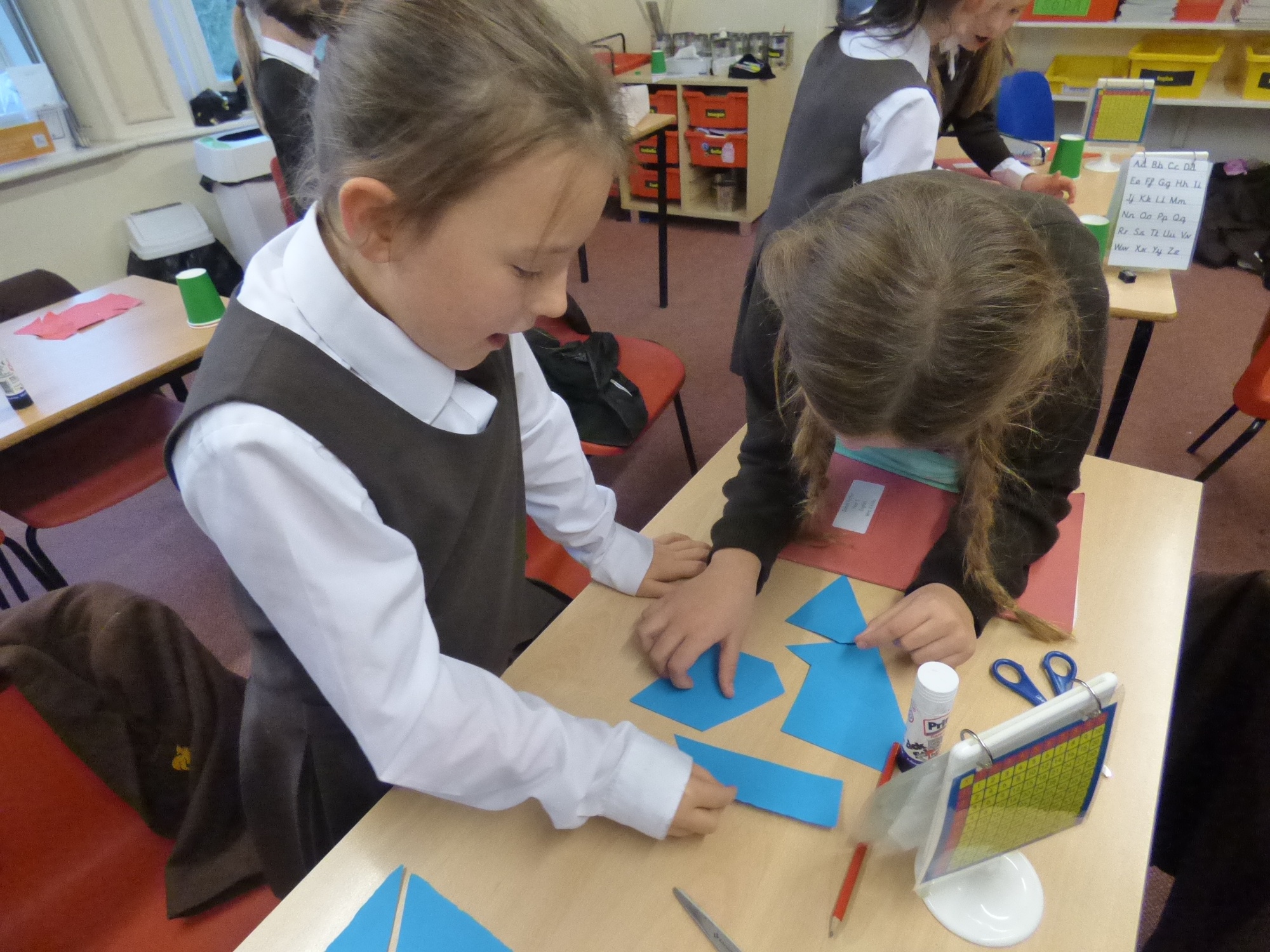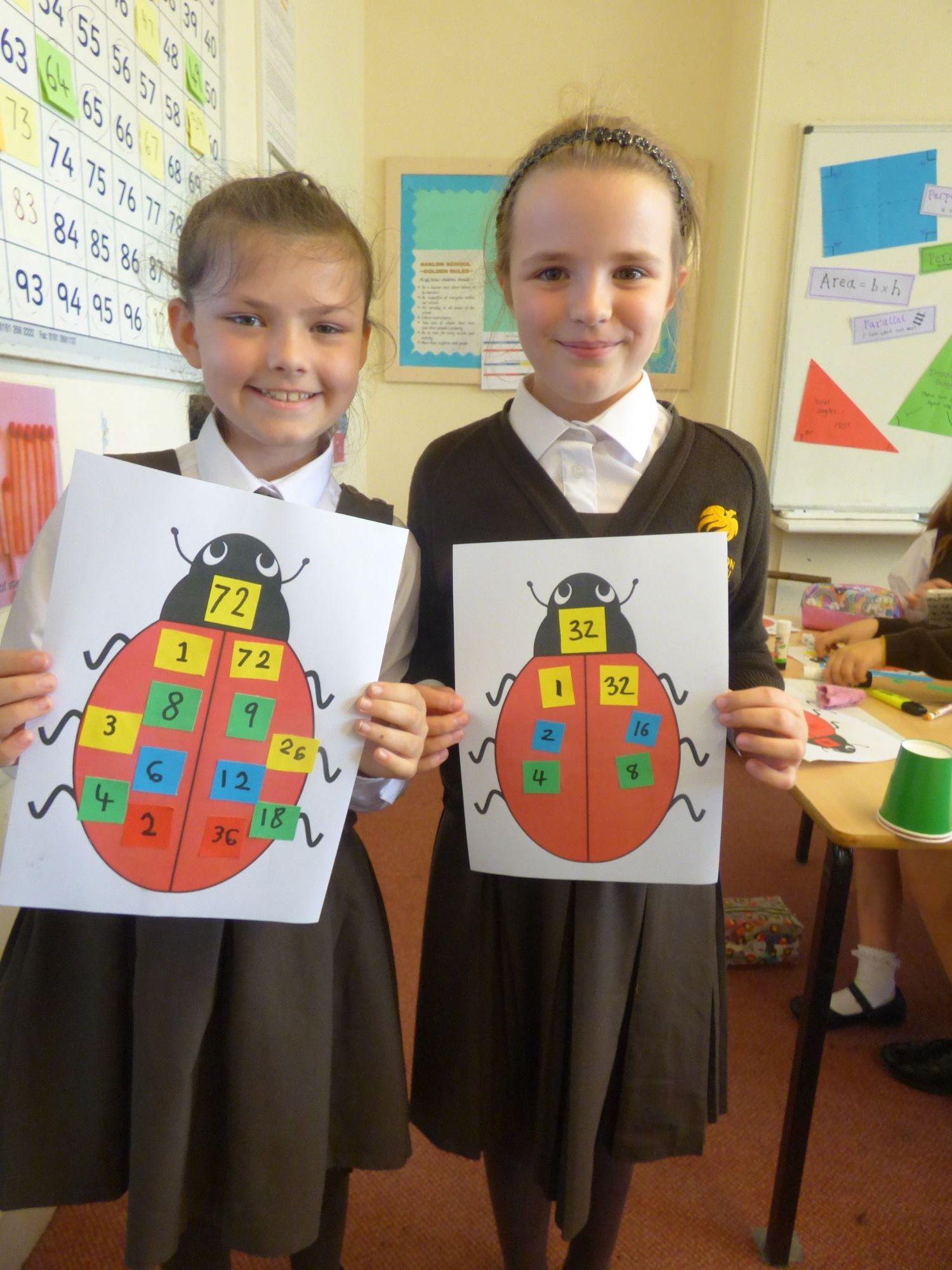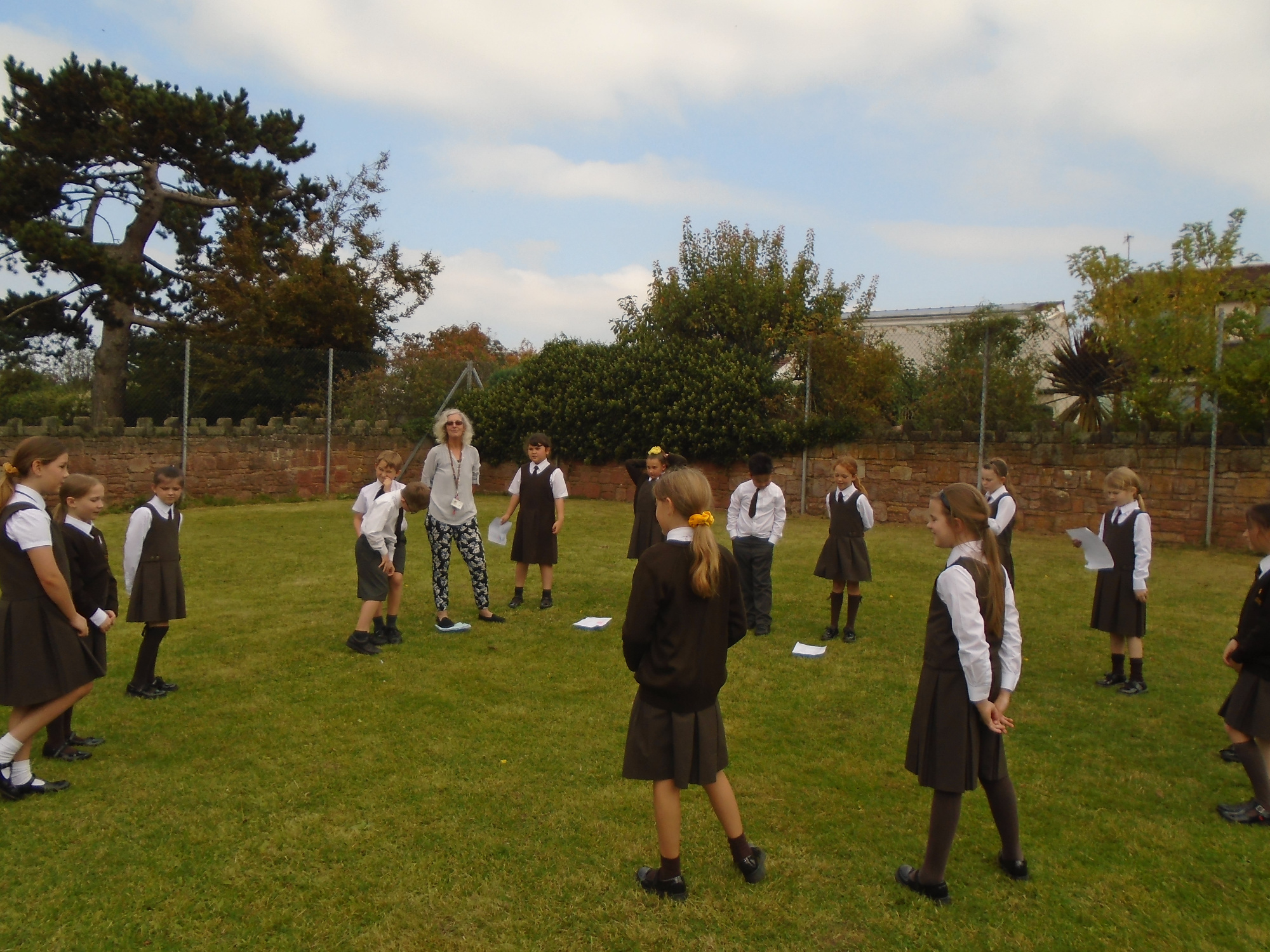Year 5 News 2020-2021
Most Innovative Product Award
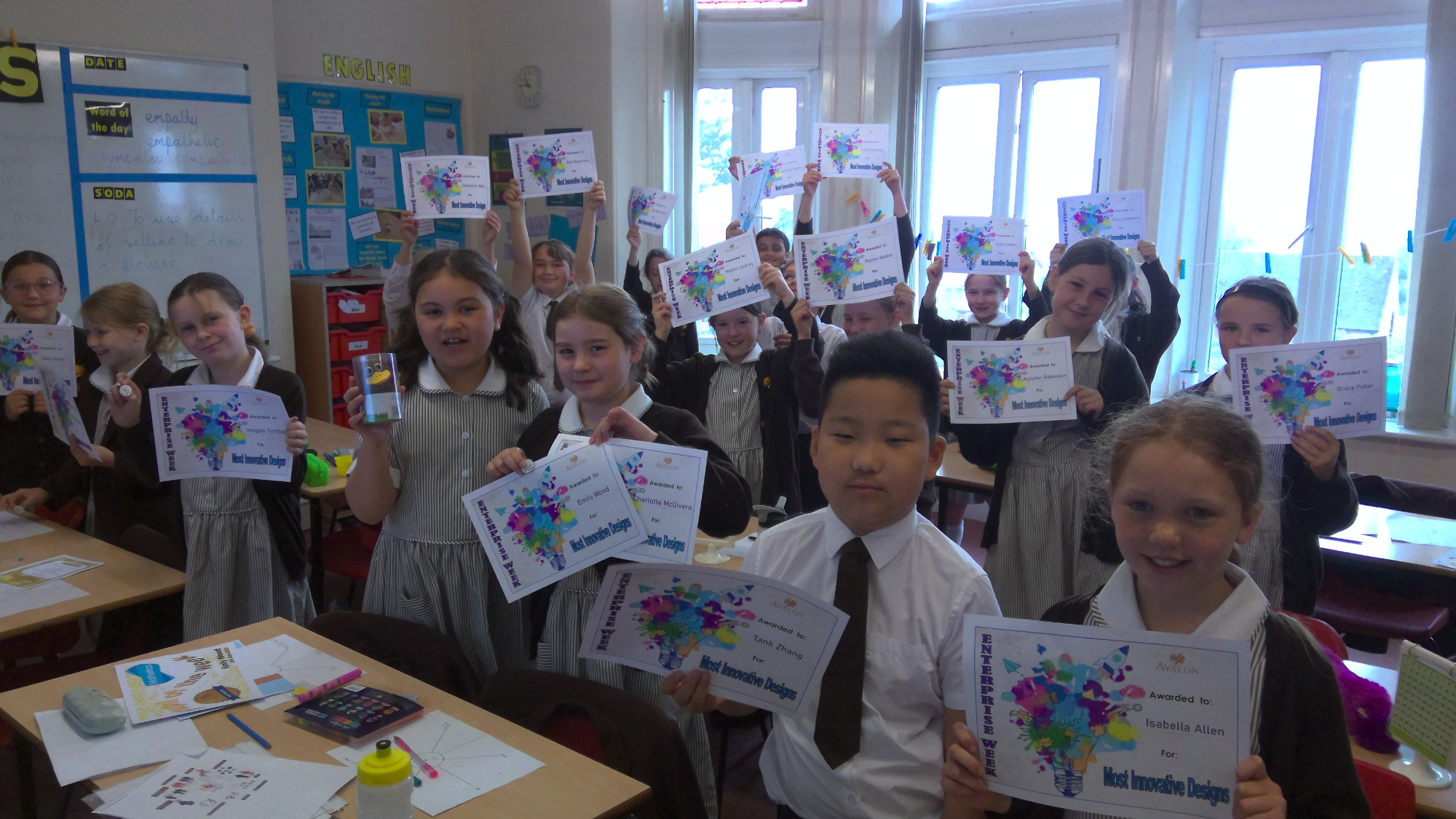
Enterprise Week - Avalon Marketplace Year 5
Science Fair - Year 5
Electric Dough
This week Year 5 have been investigating how conductive materials can be used in future technologies. We started the week by looking at fossil fuels and renewable energy. It is so important for us to look after the environment around us and the children really enjoyed looking into how we could get our power in an eco-friendly, sustainable way.
We then built some electrical circuits and looked at how electricity flows to a bulb. We discussed which materials were conductors of electricity and which materials were electrical insulators.
For our challenge, we made some “electric dough”. From the previous days’ investigation, most children felt that a material had to be metal in order for it to conduct electricity. After our investigation, we soon realised that adding a lot of salt to a dough and kneading it gently produced a material that allowed electricity to flow through it. We hypothesised that it was the salt content of the dough that allowed the electricity to flow.
To conclude, we looked at how conductive materials could be used in further technologies. For example, in Sweden, some roads can conduct electricity which heat up and can melt snow in winter. Also, In Japan, some roads can conduct electricity and have LED lights in them and coloured strips can be altered when, for example, there has been an emergency and a warning needs to be passed to drivers. We even had a go at making our own LED roads.
It was an enjoyable week, full of discovery and invention and the children certainly learnt a lot about power and its usage. See the Year 5 Gallery for more photos.
Volcanoes and Mountains
Before Lockdown number 3, Year 5 had been learning about volcanoes and mountains in humanities. As we ended the topic we moved to the art room to create our own magnificent papier-mache creations. They waited a long time for the promised ‘eruption day’. The sun was shining so we took our volcanoes to the field and experimented with various quantities of bicarbonate of soda, vinegar and food colouring. We had some excellent eruptions accompanied by enthusiastic cheering as the ‘lava’ flowed! See the Year 5 Gallery for more photos.
Lava Lamps
Mixtures are created by combining materials together. Solids, liquids, and gases can be mixed together. You will have seen some materials dissolving when you've added them to water. Sugar dissolves in water. It is a solute and water is the solvent. The mix of water and sugar is called a solution. Some other materials, like sand for example, do not dissolve in water. Instead, the particles are spread out when you shake the mixture. This is called a suspension.
Oil and water do not mix and is therefore a suspension. To investigate this, the children made homemade "lava lamps" with vegetable oil, water, food colouring and fizzing tablets. We observed the complete separation of the oil and the water and how the oil floated on the surface. We related this to oil spills and how they can be devastating to wildlife and aquatic life. The children observed their suspensions carefully and were mesmerised by the movement of the two liquids.
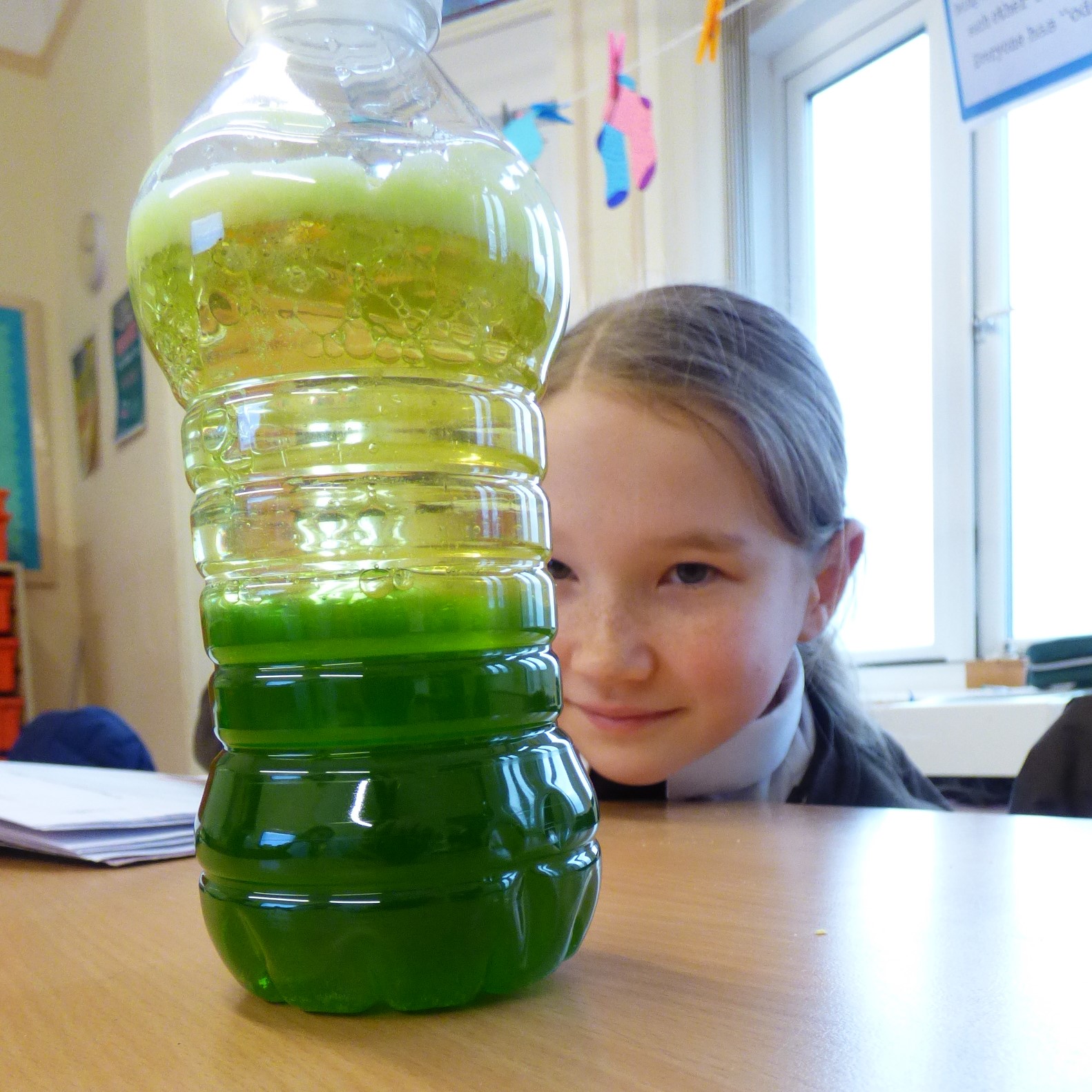
Investigating Grip
As part of our work on materials in Science, we designed an investigation to test who had the most "grippy" shoes. There was a lot to think about, such as where we'd start the shoe from on the slope, did it have to slide all the way to the bottom and lots more. We thought about if there were any trends in the shoes that had the most grip (we realised that they were the rubber soled shoes) and we concluded that rubber had excellent grip.
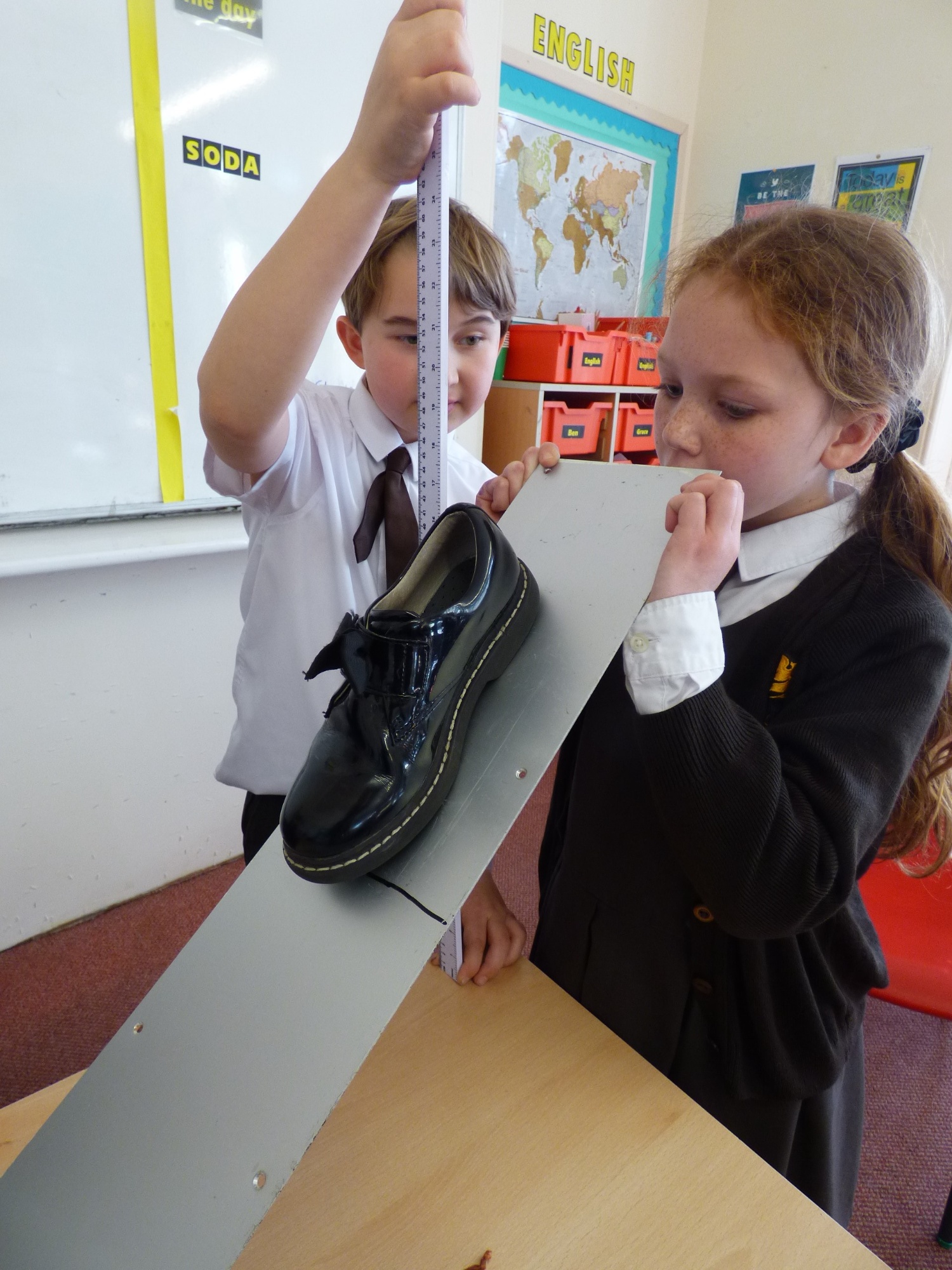
In February, during Children's Mental Health Week, we took part in activities dor the first ever mental health and wellbeing festival for primary and secondary schools. Known as "Inside Out Day", we took part in a number of activities which aimed to help children understand that how someone looks on the outside, does not necessarily mean we understand how they are feeling on the inside. In Year 5 we looked as some photographs of the faces of children and tried to work out how they were feeling. Some were easy, such as happy or excited, but some were much harder and it was very difficult to say for certain how they were feeling. In the end, we decided that the only way to help our friends was through kindness. Year 5 were also asked to reflect on what they'd learned and write poetry about what emotions feel like on the inside as opposed to look like on the outside. Here is an amazing poem:
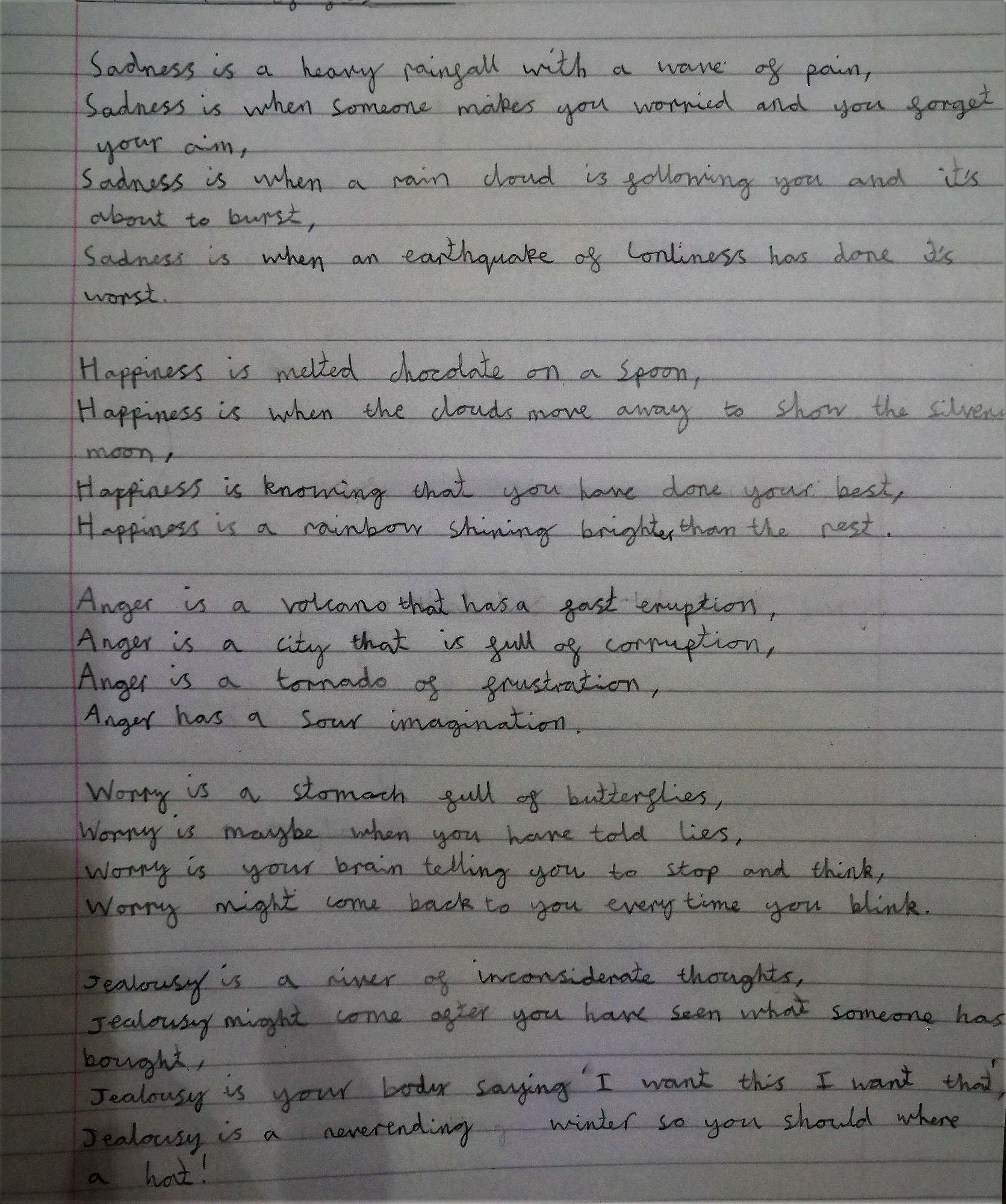
Elf Kick "Santa Dash"!
Children are complete a physical challenge each day from the 1st December for 12 days, all to support the fundraising campaign in aid of the British Heart Foundation. One of our challenges this week was "Santa Dash" where we had to do laps of the playground at school. We did this as part of our maths lesson into measurement and perimeter. We calculated that the playground at school had a perimeter of 74m so each lap we did, we needed to multiply by 74 to get our final distance. Some children managed the full 10 laps of the playground! It certainly brightened up a cold, drizzly winter's day!
The Importance of Internet Safety
In PSHCEE, as part of Internet Safety Week, Year 5 have been learning how spending too much time on our electronic devices ('screen time') can have a negative effect on both our physical and mental wellbeing. We discussed how important it is to have the right 'balance' between 'screen time' and the time we can spend doing other activities. The children took part in a 'balancing' activity where they gave each other advice as to what else they could do instead of spending long periods of time looking at a 'screen.' Some of the ideas the children had included playing board games, chatting with family, going for a walk, reading a book, listening to music or going for a bike ride.
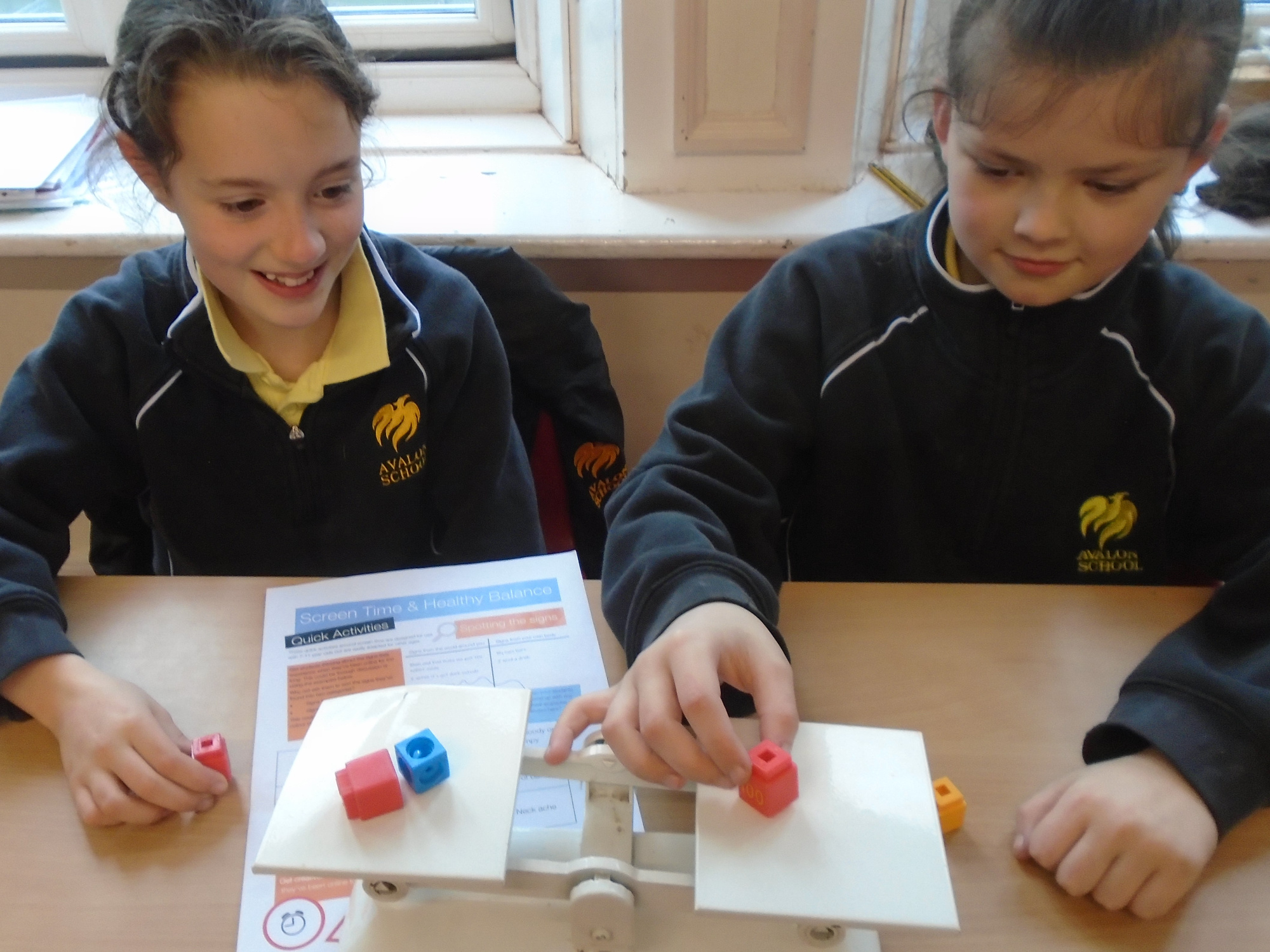
Earth and Space
Year 5 have been learning about Earth and Space. In this lesson, we looked at photographs of the different planets and understood the order of which planet is closest to the sun. To help us remember the order, we came up with a Mnemonic: Monkeys Very Easily Munch Jam Sandwiches Upon Neptune. We showed this by laying out a roll of toilet paper and using our maths knowledge to compare the real distance of the planet from the sun to how many sheets of toilet paper we should use. In addition, we looked at the size differences between the planets and chose spherical objects to show these differences. For example, Mercury was a small seed whereas Jupiter was a large balloon. Look at the photo to see our model solar system.
"Odd Socks Day"
As part of our work on Anti-Bullying Week, we read a short story called “Odd Socks”. The story was about being different and accepting each other’s differences. In the story, a child describes what life is like for someone with a visual difference. We talked about how we can embrace everyone and the things that we can do to ensure that no-one is left out. We used the image of "odd socks" to represent the fact that everyone has differences. There are some children who found spelling difficult, some children who found swimming a real challenge, some children who didn't like the dark and many more. We realised that everyone has “odd socks”.
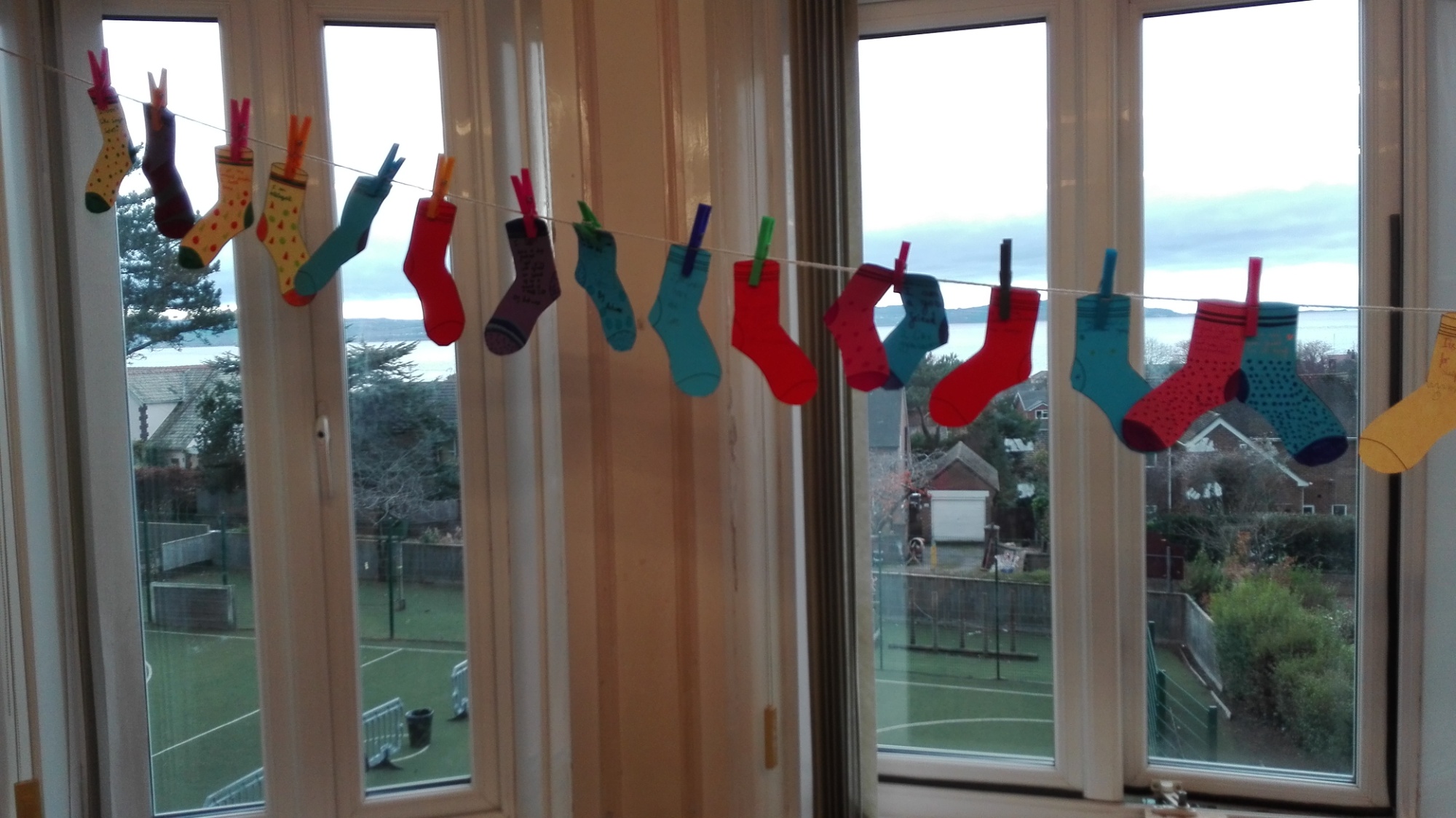
Charlotte's Web
Year 5 are making good progress in their study of Charlotte's Web by E. B White, a book which is not only a great read but also lends itself to in-depth comprehension. The children have developed their inference skills through looking at the words and actions of Fern and Templeton (the rat) and mother-son relationship between Charlotte (the spider) and Wilbur (the pig). The punctuation techniques used by E. B. White have enabled us to look at how to use dashes, hyphens, brackets, semi-colons and colons. The children really enjoyed role playing the part of the book when the word 'Some Pig' was first found written into a web by Charlotte. Charlotte's Web has provided great opportunities for cross curricular work in Science, particularly when the children carried out their own research on spiders. See the Year 5 Gallery for more photos.
Journey to the River Sea
Our class reader this term is the wonderful "Journey To The RIver Sea" by Eva Ibbotson. This book is set in 1910 and Maia, orphaned at thirteen, has been sent from England to start a new life with distant relatives in Manaus, hundreds of miles up the Amazon. She is accompanied by a mysterious governess who has her own reasons for making the journey. Both soon discover an exotic world bursting with new experiences.
The children are really enjoying the story so far and have completed some character profiles for both Maia and Mrs Minton, the governess. We can't wait to find out what's going to happen!
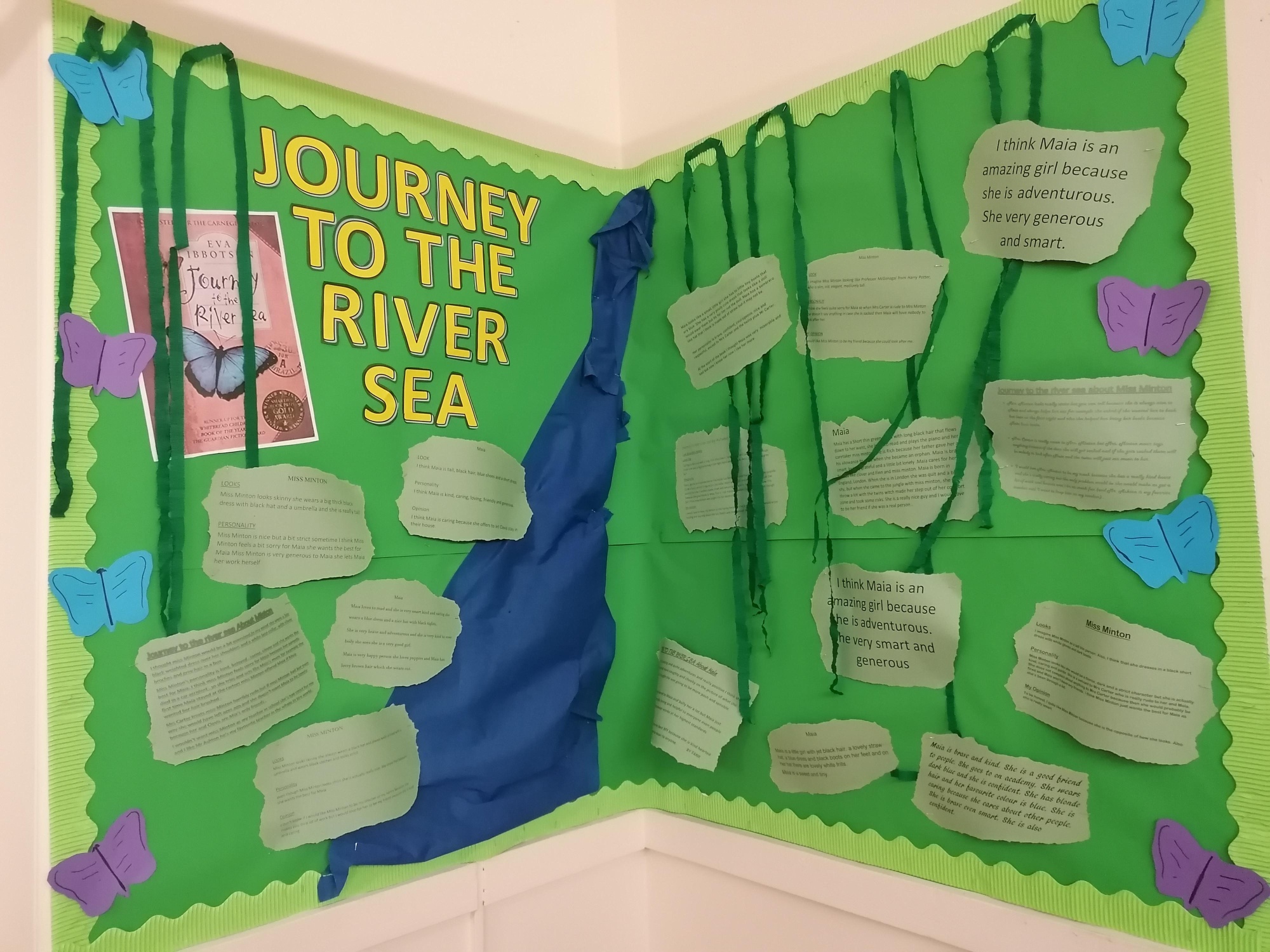
Grid Method of Multiplication
In our maths lessons, we looked at multiplying two digits by two digits using the grid methods of multiplication. Using this method prior to using the more common long multiplication method ensures that the children are confident with the place value of numbers and understand the "worth" of each calculation. It's also a good opportunity to practise mental maths skills, utilising the fact that 6 x 7 = 42 so 6 x 70 must equal 420 and 60 x 70 must equal 4200. It was very challenging but very rewarding when we found the right answer.
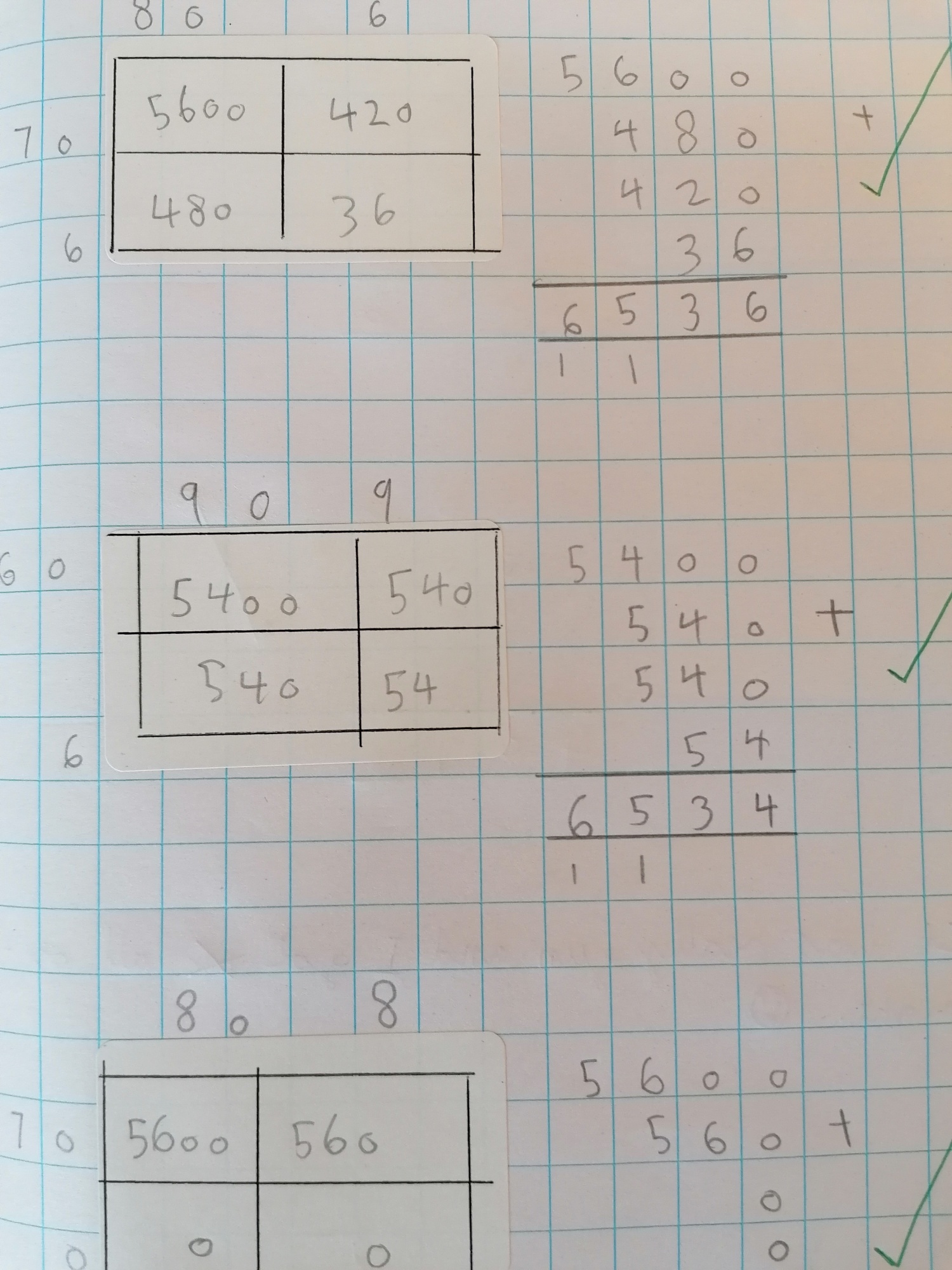
Non-Verbal Reasoning Skills
The children tackled some non verbal problem solving tasks this afternoon by trying to recreate a rectangle that had been cut up into a number of different shapes. Similar to tangrams, the children could slide and rotate the shapes to fit but, in this version, they were allowed to flip their shapes. It was very challenging but rewarding when the shape came together in the end. Non Verbal reasoning skills are very important for a child's development and they certainly enjoyed this first session.
Finding all the factors and multiples of two digit numbers
Continuing our work on factors, the children used 100 squares to find the factors and multiples of two digit numbers. It was a great investigation and got the children predicting which numbers were likely to be "abundant" numbers (eg having lots of factors) we discovered that one of the most abundant two digit numbers was the number 60 which has the factors 1, 2, 3, 4, 5, 6, 10, 12, 15, 20, 30, 60! Another discovery was 72, which has the factors 1, 2, 3, 4, 6, 8, 9, 12, 18, 24, 36, and 72!
Factor Bugs
As part of our work on factors and multiples in Year 5, we were looking at how factors of numbers normally come in pairs. For example, 3 and 4 are factor pairs for 12 because 3 x 4 is 12. Factors are very useful for lots of different areas of maths and Year 5 had great fun discovering them. Using a ladybird, they matched pairs using the language of divisibility such as "is 72 divisible by 3? Yes, because 7 and 2 = 9, therefore 72 is dividable by 3.
Shape Sorting
In maths, Year 5 were asked to use a Carroll diagram to sort a pile of 2D shapes. They were not given any direction and were asked to sort them according to their own choices. Some of the children chose to sort them according to number of sides, some chose vertices, some chose lines of symmetry and some chose according to the number of right angles.
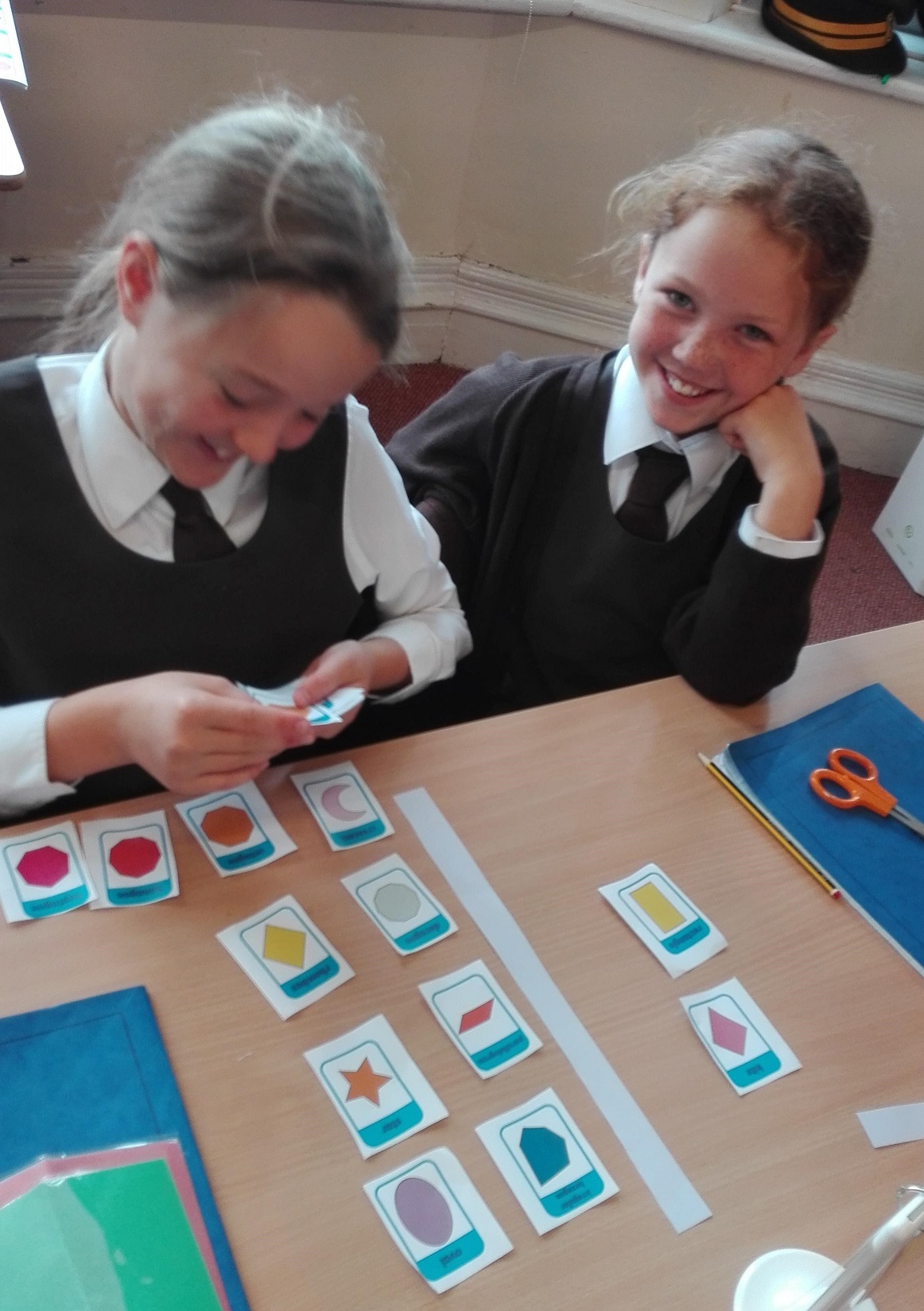
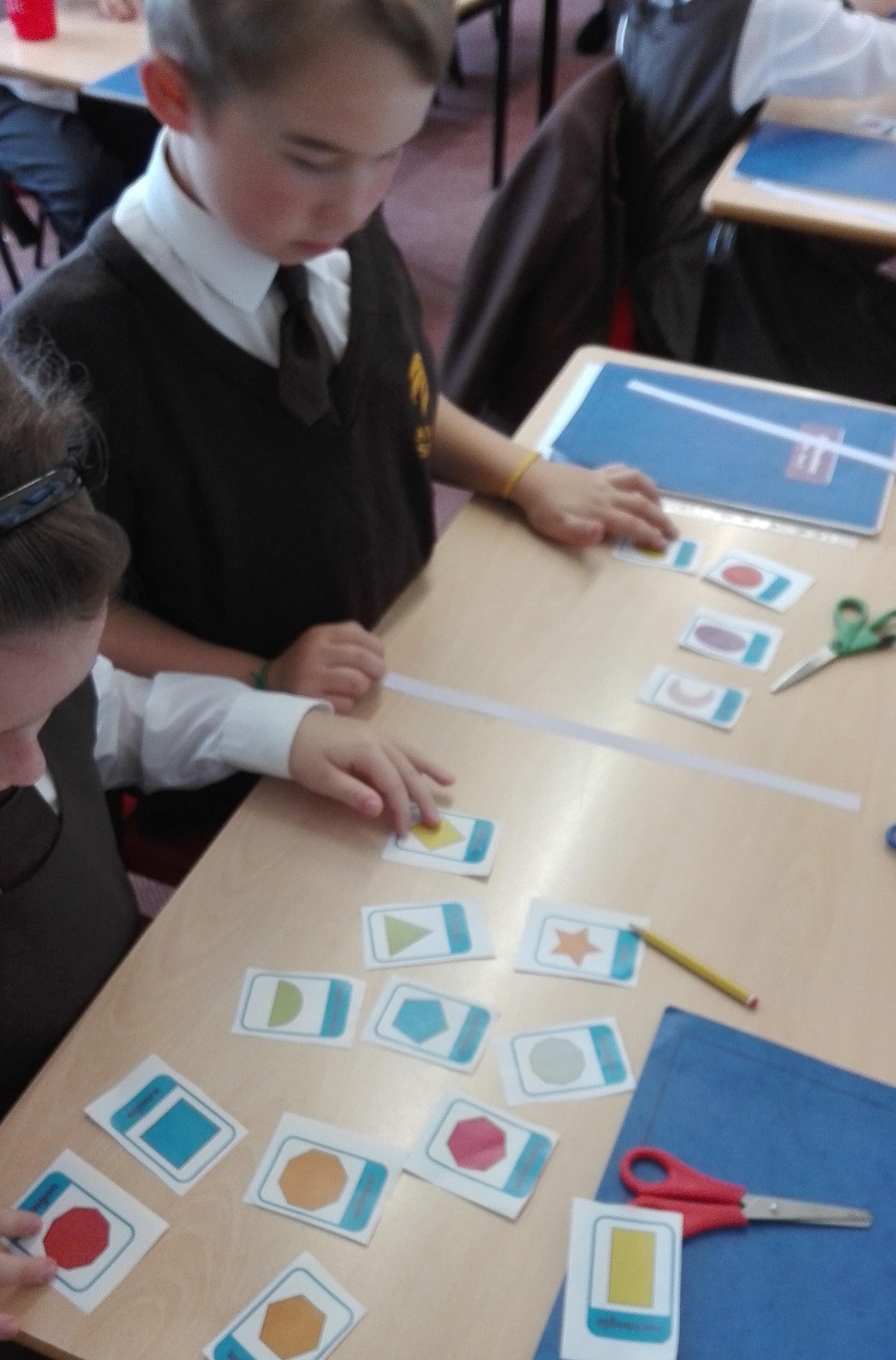
Art inspired by Paul Cezanne
Year 5 have been looking at the life and work of Paul Cezanne. Paul Cézanne (19 January 1839 - 22 October 1906) was a French painter. He was born in Aix-en-Provence, in the south of France, and died of pneumonia there. The artistic career of Paul Cézanne lasted more than forty years, from roughly 1860 to 1906. A busy artist, he produced more than 900 oil paintings and 400 watercolours, including many incomplete works. Year 5 looked at some of his most famous works and then used pencil and watercolours to create their own masterpieces.
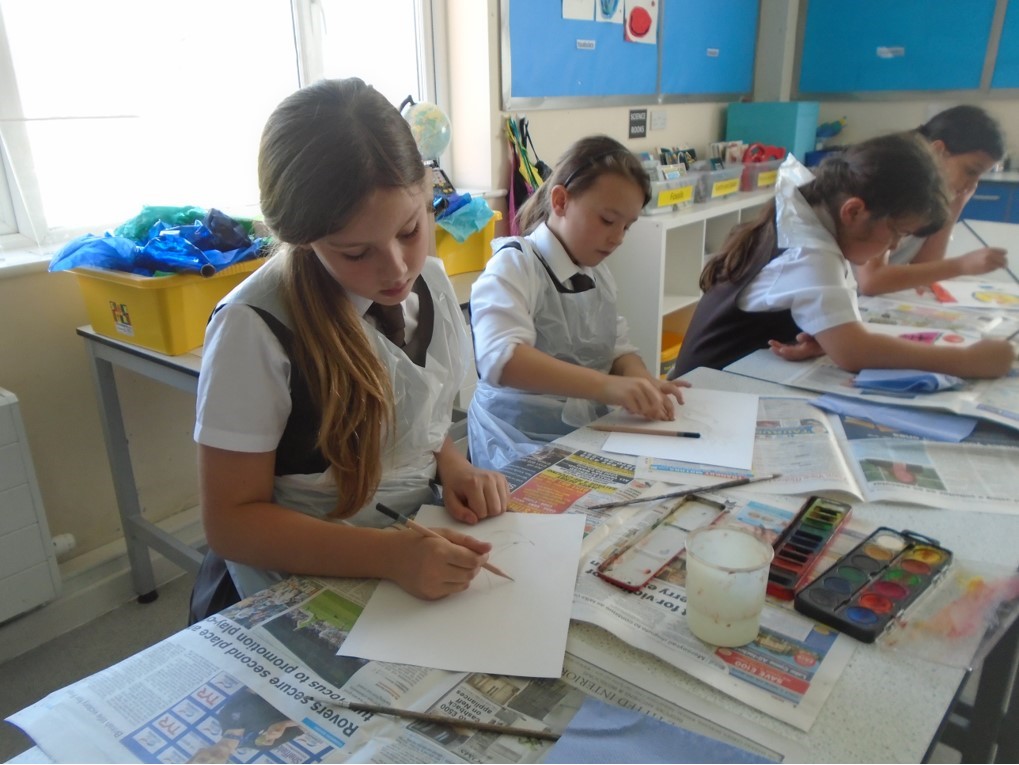
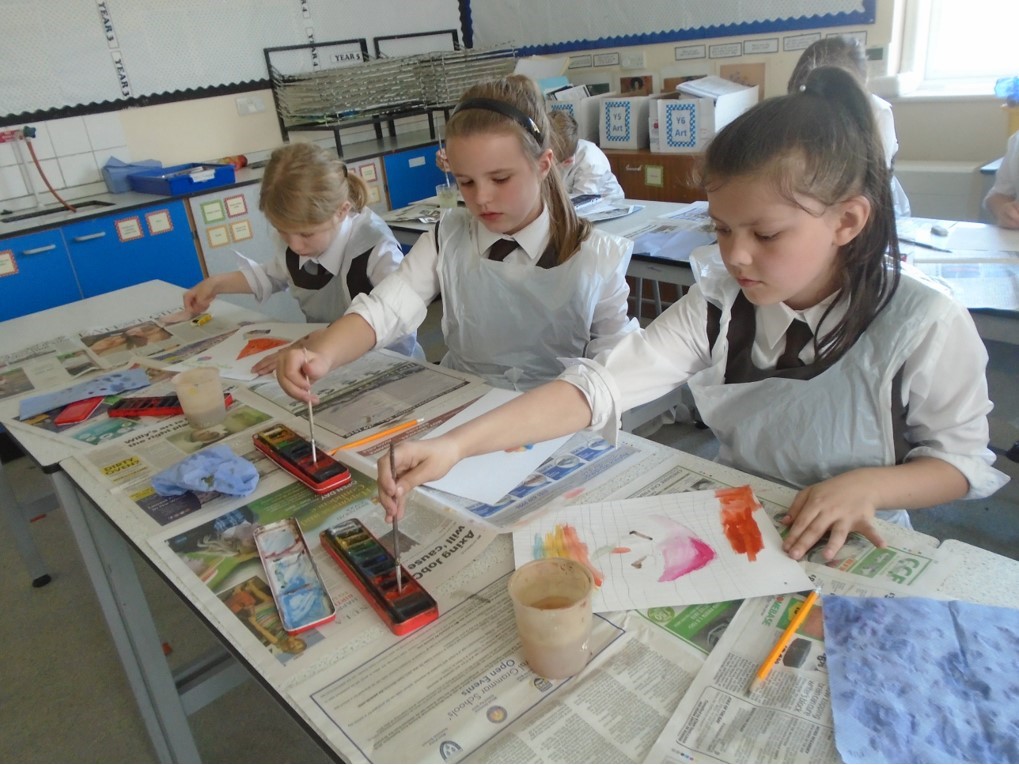
We are...
Year 5! We were asked to think of an adjective that described us or how other people saw us.
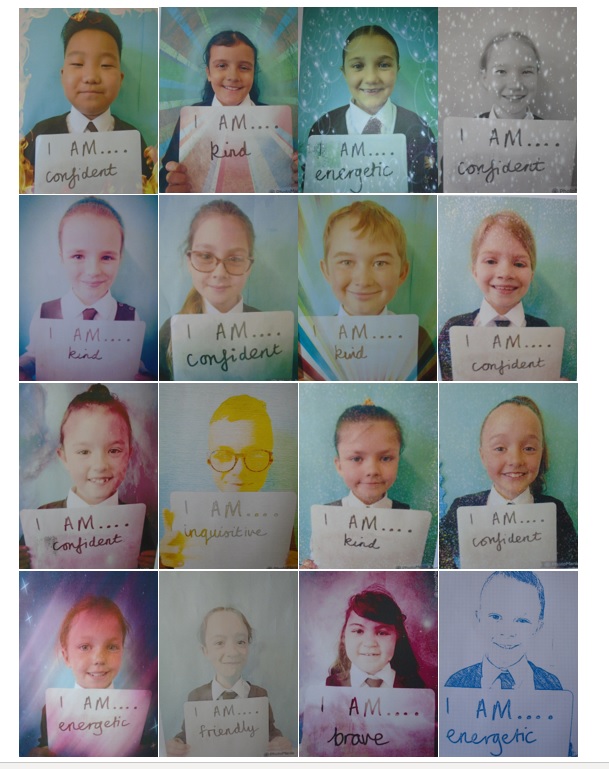 Studying The Poetry of Allan Ahlberg in English
Studying The Poetry of Allan Ahlberg in English
In English, Year 5 have started the year by studying the poetry of Allan Ahlberg. They have created their own versions of Things I Have Being Doing Lately, which were both interesting and humorous and certainly engaged their readers. The children have learnt how to analyse poems looking at aspects of poetry such as effect on the reader and application to themselves, humour, rhyme and rhythm. Dog in the Playground provided the children with a great opportunity to learn a verse off by heart, and create impact through intonation and movement when reading aloud.


